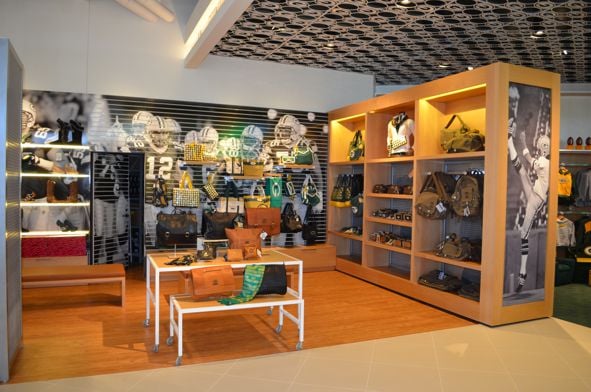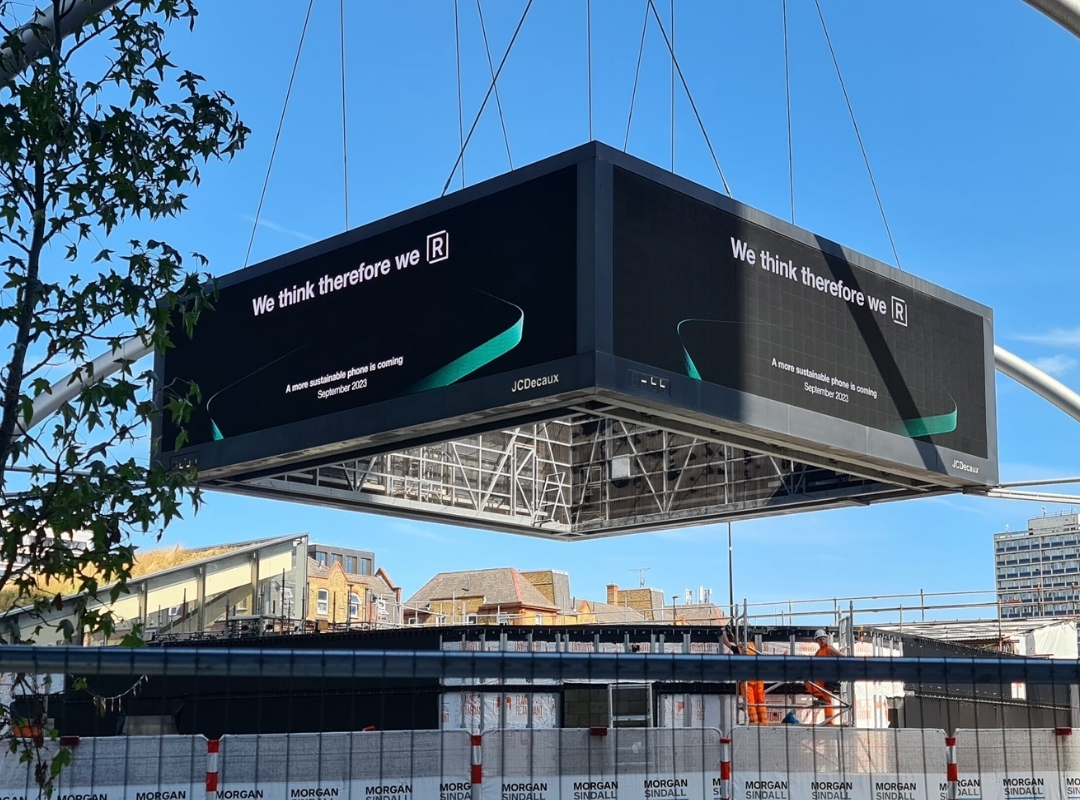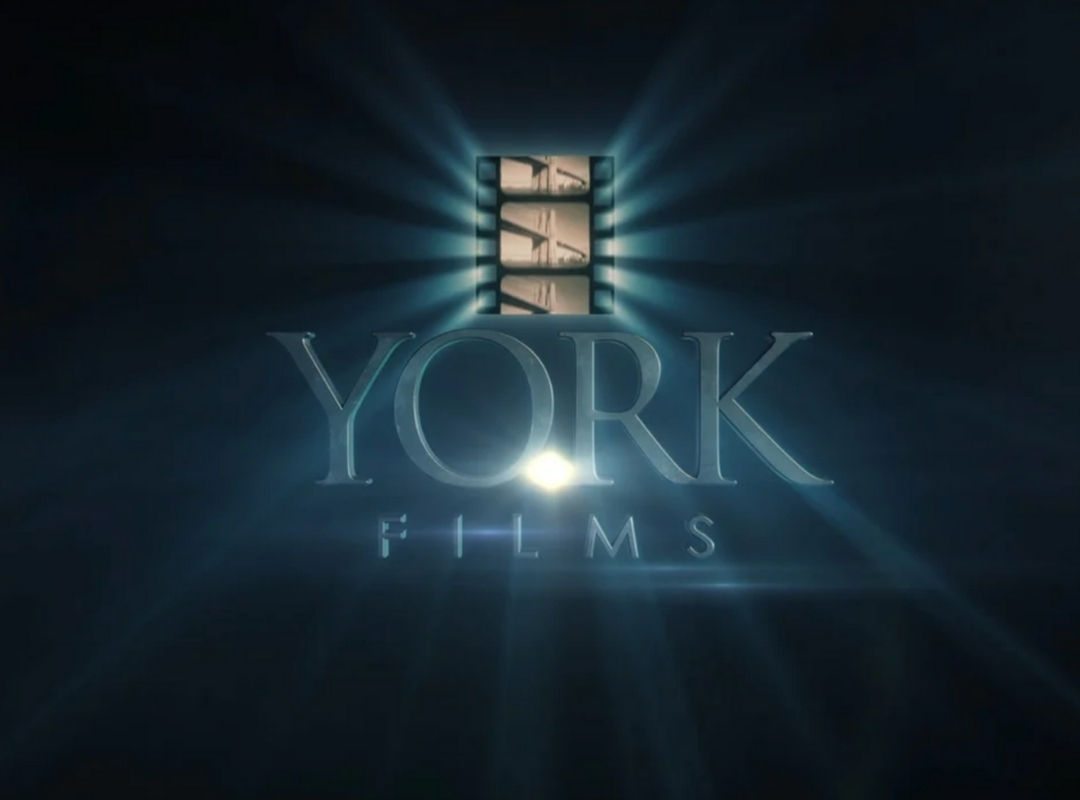When you walk into a retail store and find yourself irresistibly drawn to a beautifully arranged display, you are experiencing the power of visual merchandising. Visual merchandising is a crucial retail industry aspect that combines art and science to create captivating in-store experiences that entice customers and boost sales. In this blog post, we will delve into the world of visual merchandising, exploring what it is, its importance, and some key strategies to make it work for your retail business, all while considering the realms of experiential marketing and fabrication.
What is Visual Merchandising?
Visual merchandising is the art of presenting products in a retail environment in a way that engages and inspires customers to make purchases. It's the art of storytelling through displays, layouts, and aesthetics. At its core, visual merchandising aims to enhance the shopping experience, making it more enjoyable and memorable for consumers.
Why is Visual Merchandising Important?
- First Impressions Matter: A customer's first impression when entering your store can significantly influence their buying decision. Visual merchandising helps create an inviting and appealing ambiance, setting the tone for a positive shopping experience.
- Enhanced Brand Image: Visual merchandising allows retailers to communicate their brand identity effectively. The way products are displayed and the store's overall design should align with the brand's values, aesthetics, and target audience.
- Increased Sales: An effectively merchandised store can lead to higher sales. By strategically placing products, using colors and lighting to guide the customer's eye, and creating an organized and attractive environment, retailers can encourage customers to explore and buy more.
- Customer Engagement: Visual merchandising can tell a story, making the shopping experience more engaging and memorable. It helps customers connect with products on an emotional level, increasing the chances of them becoming loyal customers.

Critical Strategies in Visual Merchandising
- Plan Your Layout: The store layout should be logical and easy to navigate. Consider traffic flow, place high-demand items at eye level, and create focal points to draw customers in.
- Use Color and Lighting: Colors evoke emotions and can influence purchasing decisions. Use a color scheme that aligns with your brand and the mood you want to create. Proper lighting is also crucial to highlight products effectively.
- Window Displays: Your store's window displays are your silent salespeople. Create eye-catching and thematic window displays that change regularly to pique curiosity and attract foot traffic.
- Visual Storytelling: Arrange products in a way that tells a story or creates a lifestyle image that customers can relate to. This helps customers envision how the products fit into their lives.
- Visual Hierarchy: Use visual hierarchy principles to guide customers' attention. Place the most critical or high-margin items in prime locations, such as eye-level shelves or central display areas.
- Seasonal Decor: Incorporate seasonal decorations and themes to keep the store fresh and exciting. Customers appreciate a store that adapts to different seasons and occasions.
- Maintenance: Ensure displays are regularly updated and maintained. Broken or messy displays can deter customers and give a negative impression.

Experiential Marketing and Fabrication in Visual Merchandising
Incorporating experiential marketing into visual merchandising can elevate the customer experience further. Experiential marketing involves creating memorable and immersive experiences that customers connect with emotionally. Retailers can use various techniques, such as interactive displays, sensory elements, and live demonstrations, to engage all the senses and leave a lasting impact on shoppers.
Additionally, fabrication is crucial in bringing creative visual merchandising ideas to life. Whether it's crafting intricate props, custom fixtures, or unique displays, skilled fabrication can turn a vision into a tangible reality. Retailers can collaborate with skilled artisans and fabrication experts to produce one-of-a-kind elements that enhance the store's atmosphere and reinforce the brand's identity.
Conclusion
Visual merchandising is essential for retailers to create immersive shopping experiences that drive sales and build brand loyalty. It's a combination of art, psychology, and strategic planning that can transform a mundane shopping trip into a memorable and enjoyable adventure. By carefully curating the visual elements of your store and integrating experiential marketing and fabrication where relevant, you can leave a lasting impression on customers and keep them coming back for more. So, whether you are a small boutique or a large department store, investing in visual merchandising is an investment in the success and longevity of your retail business.
About BluEdge
BluEdge is a national provider of comprehensive Managed Print & IT Services, Creative Graphics, Reprographics & Document Services, and 3D Services, and has been supporting clients since our establishment in 1898. BluEdge has been family-owned and operated for over 120 years and is proud to be a certified Woman Business Enterprise.
BluEdge has six locations in Carlstadt, NJ, New York, NY, Boston, MA, Philadelphia, PA, Washington, D.C., and Chicago, IL.
Have an Upcoming Retail Project?
We'd love to help! Contact us for a free consultation.






.png?width=35&height=35&length=35&upsize=true&upscale=true&name=Delilah%20(2).png)